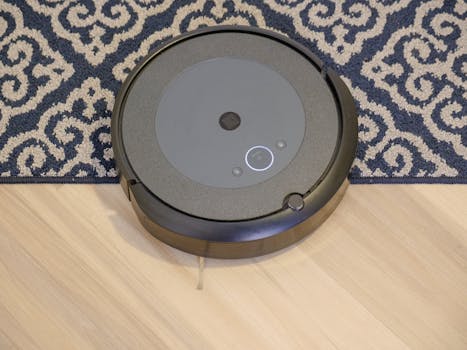
Smart Homes and Smart Living: The Technological Transformation of European Homes by 2025
Smart Homes and Smart Living is the future of European homes, and it’s happening now. The concept of smart homes and smart living is transforming the way Europeans live, work, and interact with their homes. By 2025, European homes are expected to be equipped with cutting-edge technology, making life easier, more convenient, and sustainable.
Introduction to Smart Homes and Smart Living
Smart homes and smart living refer to the integration of technology and automation in homes to make life more comfortable, convenient, and sustainable. This includes the use of sensors, cameras, and other devices to monitor and control various aspects of the home, such as temperature, lighting, security, and energy consumption.
Benefits of Smart Homes and Smart Living
The benefits of smart homes and smart living are numerous. Some of the most significant advantages include:
- Energy efficiency: Smart homes can optimize energy consumption, reducing waste and saving money.
- Increased security: Smart homes can be equipped with advanced security systems, including cameras, motion sensors, and alarm systems.
- Improved convenience: Smart homes can be controlled remotely, allowing homeowners to adjust temperature, lighting, and other settings from anywhere.
- Enhanced comfort: Smart homes can learn occupants’ preferences and adjust settings accordingly, creating a more comfortable living environment.
Technological Advancements in Smart Homes and Smart Living
Several technological advancements are driving the growth of smart homes and smart living in Europe. Some of the most significant advancements include:
- Internet of Things (IoT): The IoT refers to the network of physical devices, vehicles, and other items embedded with sensors, software, and connectivity, allowing them to collect and exchange data.
- Artificial Intelligence (AI): AI is being used in smart homes to learn occupants’ preferences and adjust settings accordingly, creating a more personalized and comfortable living environment.
- 5G Network: The 5G network is providing faster and more reliable connectivity, enabling the widespread adoption of smart home technology.
European Homes by 2025
By 2025, European homes are expected to be equipped with cutting-edge technology, making life easier, more convenient, and sustainable. Some of the most significant trends and predictions include:
- Increased adoption of smart home devices: More than 50% of European homes are expected to have at least one smart home device by 2025.
- Growing demand for energy-efficient solutions: European homeowners are becoming increasingly aware of the importance of energy efficiency, driving the demand for smart home solutions that can optimize energy consumption.
- Advancements in voice control: Voice control is expected to become more prevalent in smart homes, allowing occupants to control settings and devices with ease.





